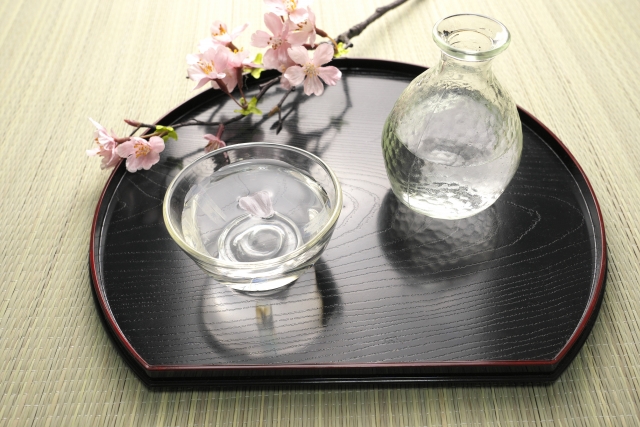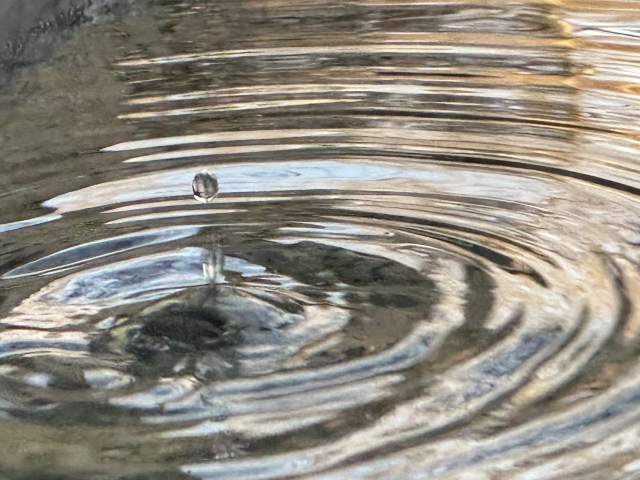
Sake, Japan's venerable rice wine, has intrigued and delighted enthusiasts around the globe with its complex flavors and rich history. For those new to sake in the United States, understanding its ingredients is the first step towards appreciating this exquisite beverage. This guide will demystify sake's components, offering insights into how each ingredient contributes to the final product's taste, aroma, and texture.
The Core Ingredients of Sake
Sake's production, a craft honed over centuries, relies on a few key ingredients. Each plays a pivotal role in fermentation, flavoring, and the overall quality of the sake.
Rice (Shuzō Kōtekimai)

Rice is not merely the base ingredient of sake; it is its essence. Sake rice, known as shuzō kōtekimai, differs significantly from the rice we eat. These varieties are chosen for their larger grains, higher starch content (located in the shinpaku, or core of the grain), and lower protein and fat content, which can adversely affect sake's flavor. The process of milling or polishing rice removes the outer layers, leaving the starchy center. This step is crucial as it influences the sake's quality and classification. Higher polish rates (removing more of the rice grain) lead to finer sakes like daiginjo, which are known for their delicate flavors and aromas.
Water

Water's role in sake brewing cannot be overstated. It affects not only the fermentation process but also the sake's final taste. The mineral content of the water, specifically the presence of magnesium and potassium, encourages yeast growth, while calcium helps in the fermentation process. Brewers often prefer soft water, which results in a smoother, sweeter sake, though hard water, rich in minerals, can produce a sake with a more robust flavor. The choice of water source, be it a local spring or well, is a critical decision for a sake brewery, with many famous breweries located near pristine water sources.
In Japan, the saying "名水あるところに銘酒あり" (Where there is clear water, there is fine sake) highlights the significance of high-quality water in sake brewing. This principle underlines why regions with access to pristine water sources often become renowned sake-producing areas. The quality of water not only influences the sake's flavor and texture but also its overall quality. For example, Kyoto's Fushimi district, with its soft water, is famous for producing smooth, mellow sakes. Regions known for their excellent water ("meisui") naturally rise to prominence in the sake world, illustrating the crucial role of natural resources in defining the unique character of sake. This connection emphasizes the symbiotic relationship between the natural environment and the art of sake brewing, making clear water a cultural heritage as much as a brewing necessity.
Koji (Aspergillus oryzae)

Koji mold is the magical ingredient that sets sake apart from other alcoholic beverages. Cultivated on steamed rice, koji converts the rice's starches into fermentable sugars. This process, known as saccharification, is crucial because yeast cannot directly ferment rice starch. The careful cultivation of koji, controlling temperature and humidity, is a delicate art that greatly influences the sake's flavor profile. The enzymes produced by koji not only aid in fermentation but also contribute to the sake's final taste and aroma, adding complexity and depth.
Yeast

Image Via:jozo.or.jp
Yeast is the engine of alcohol production in sake brewing. Once the koji has produced fermentable sugars, yeast ferments these sugars into alcohol and carbon dioxide. The strain of yeast used can profoundly affect the sake's flavor and aroma profile, with different strains imparting unique characteristics such as fruity, floral, or earthy notes. Brewers select yeast strains carefully, sometimes even cultivating their own proprietary strains to create distinct, signature sakes. The interaction between yeast and the other ingredients, especially in the unique environment of sake fermentation (where koji, yeast, and steamed rice coexist), results in the rich variety of sake available today.
Each of these ingredients contributes to the complex and nuanced beverage that is sake. Understanding the role and selection of rice, water, koji, and yeast provides a deeper appreciation for the craft of sake brewing and the rich tapestry of flavors and aromas that sake has to offer.
Additional Ingredients Enhancing Sake's Complexity
Beyond the primary components, sake brewers (toji) may incorporate various additives to adjust flavor, aroma, and texture, adhering to strict regulations to ensure quality.
Brewer's Alcohol (Jōzō Alcohol)
Brewer's alcohol is a distilled alcohol that's added to some types of sake, such as Honjozo, to enhance certain qualities. The addition of brewer's alcohol can help to extract aroma and flavor compounds more efficiently, leading to a sake with a lighter body and more pronounced aromas. This practice also increases the yield and can contribute to a longer shelf life. It's important to note that the use of brewer's alcohol is carefully regulated and does not necessarily indicate lower quality; rather, it's a stylistic choice that offers a different profile of sake.
Sugar and Acid
While the addition of sugar and acid to sake is not common, it occurs in some specific styles. Sugar can be added to sweeten the sake or to balance the acidity in some lower-grade types. Acid, such as lactic acid, might be added to adjust the sake's pH level, influencing the fermentation process and stabilizing the flavor. These adjustments are made with precision to ensure that the sake maintains its quality and character.
Amino Acids and Lactic Acid
Amino acids in sake contribute to its umami, the savory flavor that is highly prized by connoisseurs. These compounds are naturally present due to the fermentation process but can be influenced by the brewing technique and the ingredients used. Lactic acid, on the other hand, is naturally produced during the fermentation process, especially in the traditional Kimoto and Yamahai brewing methods. It can also be added to sake to control the fermentation process and enhance the sake's complexity, adding a subtle sourness that balances the overall flavor profile.
Water Adjustments
Although water is a core ingredient, its adjustment is considered an additional step in enhancing sake's complexity. The mineral content of the water used in brewing can be adjusted to influence the fermentation process and the final taste of the sake. Minerals like magnesium and potassium are essential for yeast activity, while phosphoric acid can act as a nutrient for the koji mold. Adjusting these and other minerals allows brewers to fine-tune the sake's flavor and texture, demonstrating the intricate balance of science and art in sake production.
The Art of Sake Brewing: From Rice to Bottle

Image Via:suigei.co.jp
The brewing process is where these ingredients transform into sake. The steps include:
- Rice Milling: Removing the outer layers of rice grains to expose the starchy core.
- Washing and Soaking: Preparing the rice for steaming.
- Steaming: Making the rice ready for koji and yeast.
- Koji Making: Cultivating koji mold on steamed rice.
- Fermentation: Mixing koji rice, steamed rice, water, and yeast in large tanks. This process can last from 18 to 32 days.
- Pressing: Separating the liquid sake from the rice solids.
- Filtration and Pasteurization: Refining and stabilizing the sake.
- Aging: Allowing flavors to mature and meld.
Summary: Understanding Sake Ingredients and Their Impact

Sake's allure lies not just in its flavor but in the craftsmanship behind its production. The interplay of rice, water, koji, yeast, and additional ingredients under the watchful eye of skilled brewers results in a beverage that's as diverse as it is captivating.
- Rice and Water are the foundation, dictating the sake's character.
- Koji and Yeast are the catalysts for fermentation, influencing flavor and aroma.
- Additional Ingredients like brewer's alcohol, sugars, and acids allow brewers to fine-tune the sake's profile.
For those exploring sake in the U.S., understanding these ingredients and their roles can enhance appreciation for this traditional Japanese drink. Whether you're sipping a junmai daiginjo with its delicate, fruity notes or a robust, umami-rich junmai, the journey through sake's flavors is an enlightening experience.
